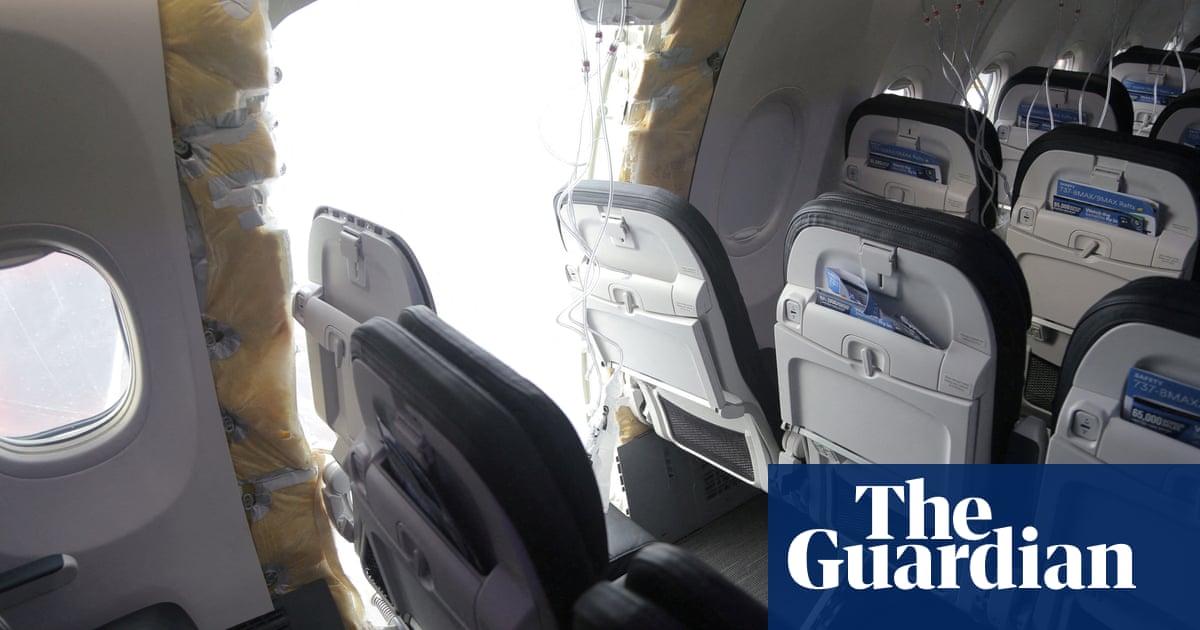
A decade before the fall of Kabul, I was deployed as a governance adviser to Brig. Gen. Scott Miller, who would soon become Gen. Miller, the last US four-star commander to serve on the ground in Afghanistan before the Taliban swept the country.
Had I been told then that the Kabul government and the Afghan security forces — the recipients of billions in US military funding — would collapse so effortlessly in a mere 10 years, I would not have been surprised at all.
Long after leaving government service, I pondered what could have been done differently, as I reported on the series of events that began in the summer of 2021 with the Taliban seizing one provincial capital after another.
From working in the Pentagon’s policy shop to deploying in the field as a civilian attached to US command staff, I had the unique perspective of observing and analyzing the war effort as an insider.
Now, as a media professional dissecting the end of the Western military mission, it is clear to me that little could have been reasonably done to change the tragic outcome.
On July 8, 2021, US President Joe Biden said that “our military mission in Afghanistan will conclude on Aug. 31.” The Taliban were at the gates of Kabul within a week of Biden’s announcement.
A war that began suddenly following the 9/11 terror attacks ended just as quickly.
ALSO READ: The Afghanistan disaster movie continues to roll, one year after US withdrawal
The Taliban comeback was the result of fundamental flaws in a US approach that, over time, appeared to be less a strategy than a bureaucratic machine relying on its own momentum.
Unchecked Kabul government corruption fed by a massive infusion of Western cash, and a Taliban that mastered the art of insurgency led to three US administrations reaching out to the militants to negotiate.
But questions remained over whether the Taliban would end their historic ties with international terror, and whether the sudden US withdrawal would be viewed as a major victory for terrorists, who would use Afghanistan as a base to plot attacks abroad.
Glaring signs of the Afghan army’s inability to fight the Taliban on its own had been ignored since at least 2011, and the criminal ineptitude of the Afghan government was allowed to fester despite warnings from both the intelligence community and military advisers.
In Afghanistan, I was stationed in the northern command based in Mazar-e-Sharif, where the US was coming to the aid of German, Nordic and other NATO forces who were being overwhelmed by the Taliban’s alarming ability to exert control over key districts in the north.
In a sign of what was to come a decade later, the north on paper was supposed to be the area least susceptible to the Taliban’s shadow governance.
However, it was in this region that the militants would make their first major gains against the Kabul government, before eventually descending on the capital in 2021.
Our mission in 2011 was to ensure the success of “village stability operations,” with a program intended to “fill the gaps” where the central government was unable to provide key services in rural outlying districts.
It soon became apparent that “connecting” far-flung districts with the “center” through intermittently rotating US military units, USAID and State Department advisers was a quixotic mission at best.
In the summer of 2011, President Barack Obama gave a speech in which he set out the ambitious goal that by 2014, the “process of transition will be complete, and the Afghan people will be responsible for their own security.”
But it was clear that outside the Kabul “bubble,” Afghan security forces were in no shape to handle security on their own without significant direct and indirect US military support. This was as true in 2021 as it was in 2011, despite a succession of briefings to Congress by the US Department of Defense that painted a rosy picture of the security forces’ competency.
Ayman Al-Zawahiri"s elimination was a fitting coda to the end of America’s longest war.
Oubai Shahbandar
Afghan army district outposts were constantly low on fuel and ammunition, despite Kabul being allotted an abundance of these resources. However, the “train and equip” program was so massive in scale that the military command never took a serious look at the red flags regarding its effectiveness.
In addition to the human toll that resulted from 20 years of insurgent warfare and drone strikes, direct US military aid worth billions was either destroyed or captured by the Taliban.
While most Afghan troops continued to fight bravely, widespread corruption in the defense and interior ministries, as well as within the presidency, meant that soldiers had no problem reconsidering their loyalties depending on which side they viewed as being more likely to come out on top.
After all, why fight for a Kabul government whose leadership was widely perceived as abandoning broad swathes of the country, even before President Ashraf Ghani’s furtive flight into exile?
As provincial capitals began falling like dominoes, many Afghan soldiers opted to lay down their arms when they saw their political leaders unwilling to risk their own lives to defend their country.
The US provided Afghan security forces with aid worth $82.9 billion in total. But in the end, it did not matter. The Taliban entered most major cities in Afghanistan with barely a fight.
Gen. David Petraeus, former commander of US and NATO forces in Afghanistan, was fond of quoting his long-time diplomatic “wingman” Ryan Crocker, saying: “You can get tired of a movie and leave the theater, but the movie continues to roll on.”
Petraeus worried that the removal of US forces did not necessarily mean that a destabilized Afghanistan, or a Taliban regime in power, would no longer pose a security threat to the US and its allies.
In a sense, he was right.
Talks with the Taliban initiated by the Trump administration culminated in a February 2020 agreement, with both sides agreeing to two main commitments: The withdrawal of all US and international forces, and unspecified Taliban action to prevent Al-Qaeda from using Afghan soil to threaten the US and its allies.
But the Al-Qaeda connection was never fully severed.
The terror group’s former deputy Ayman Al-Zawahiri was eliminated by a US drone strike in the heart of Kabul on Aug. 2, nearly a year after the Taliban took control of the country.
Al-Zawahiri’s death is viewed by many analysts as vindicating the so-called “over the horizon” counterterror strategy. It is evident that high-value terror targets, such as Al-Zawahiri, can still be tracked from the air and by likely assets on the ground — without the costly permanent presence of troops.
So while the Taliban is likely to have known about and facilitated Al-Zawahiri’s movement into Kabul, it does not seem preordained that transnational terrorists will be able to freely roam and plot effectively in Afghanistan as they did in the late 1990s and early 2000s.
While a small presence of US troops probably would have kept Kabul from falling, it would have done little in the long run to prevent the Taliban from capturing all other major provinces.
ALSO READ: Inside Afghanistan’s secret schools, where girls defy the Taliban
If the government could not hold places like Mazar-e-Sharif or Kunduz in the north without the return of US forces to those areas, there was little other option than a near-permanent military presence in Afghanistan to try to prop up a leadership that had been steadily losing legitimacy for some time.
And that is the operative word — legitimacy. Our attempts, as well intentioned as they were, to somehow “bring” legitimacy to the Kabul government were doomed from the start.
The relative security brought about by US-led programs such as village stability operations, as well as the arming and training of local forces, were stopgap measures at best.
Chaotic scenes at Kabul airport, and the sight of the white banner of the Taliban flying over former US bases shocked the American public last summer.
But for analysts like me who had a granular view behind the proverbial curtain, military trainers assigned to the Afghan army and advisers to Afghan ministries, the ending did not come as a surprise.
The Taliban were better at building local allegiances with tribal elders and communities, as well as providing services. In many instances they were benefiting from the seemingly endless largesse that the US and Western donor countries had been pumping into Afghanistan for so long.
While Al-Zawahiri might have returned to Kabul feeling victorious, his elimination was a fitting coda to the end of America’s longest war.
However, as Petraeus warned, leaving this particular theater does not mean that the film is over.
Perhaps the awful conclusion to the war will offer policymakers valuable lessons for the future, so that we do not stumble unwittingly years from now into a sequel, with a similar plot, while hoping for a different ending.
• Oubai Shahbandar is a former Department of Defense senior adviser, and currently a strategic communications consultant specializing in Middle Eastern and Gulf affairs.
Twitter: @OS26












